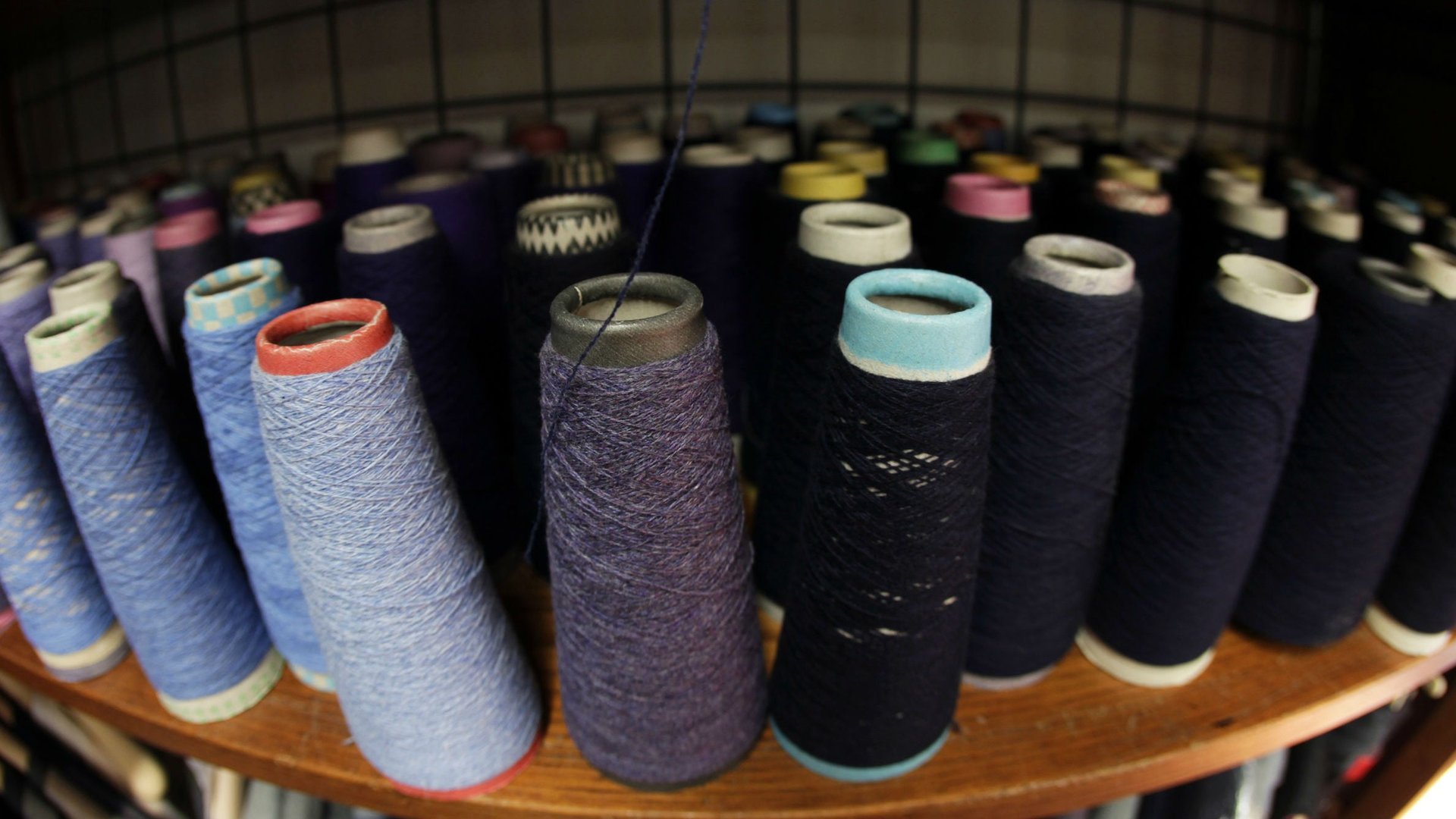China is building a wool empire in Australia to feed its latest luxury fad
Wool is the newest luxury good in China–and at least one firm may be building its own wool producing empire in Australia, the world’s largest exporter. According to the Australian newspaper (paywall), the Chinese textile firm Zhejiang RIFA Holding Group has signed contracts to buy two massive pastoral estates worth a total of A$37 million ($33 million) and is in talks to buy a third for A$20 million.


Wool is the newest luxury good in China–and at least one firm may be building its own wool producing empire in Australia, the world’s largest exporter. According to the Australian newspaper (paywall), the Chinese textile firm Zhejiang RIFA Holding Group has signed contracts to buy two massive pastoral estates worth a total of A$37 million ($33 million) and is in talks to buy a third for A$20 million.
Zhejiang RIFA has not made any announcement of the purchases and did not respond to questions from Quartz. The property owner reportedly in talks with the firm told the Australian that his farm was not for sale and that claims otherwise were “rubbish.”
But there is no doubt that China has a voraciously growing demand for wool. It has been the top importer of Australian wool for years—China accounts for up to 75% of the country’s wool exports—mainly to supply textile and apparel factories in the country. Wool, considered a “luxury fiber,” is now experiencing a new surge in demand as wealthy Chinese have taken a shine to fine wool products like tweed, tartan, and cashmere.
Last year, China’s garment industry slowed because of slumping demand in the US and Europe, but wool imports stayed steady thanks to demand for finished wool goods, which grew 6% in 2013. Overall wool imports rose 6.5% to $2.5 billion (link in Chinese) over the first 11 months of last year, compared to the year before. Chinese imports of tweed from Scotland hit a record of almost £9.7 million ($15.8 million), which is more than exports for all of 2012.
When did wool become fashionable in China, where shoppers have tended toward expensive, brand-obvious items? Chinese fashion site Jing Daily observes that “history and heritage“ accessories like Harris tweed are gaining in popularity. In March, Chinese firm Shandong Ruyi invested in a Scottish tweed mill in order to export the cloth back to China. Asia is already the largest export market for Harris tweed, though currently most of it goes to Japan. Moreover, fine wool products are a little less conspicuously expensive—an attractive trait especially for the families of government officials who don’t want to draw too much attention.
Australian wool producers have been hoping for years that China’s emerging middle class would mean more wool purchases. They may not have anticipated the possibility that Chinese firms might start cutting out the middleman.
Jennifer Chiu contributed additional reporting.